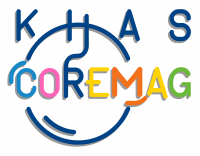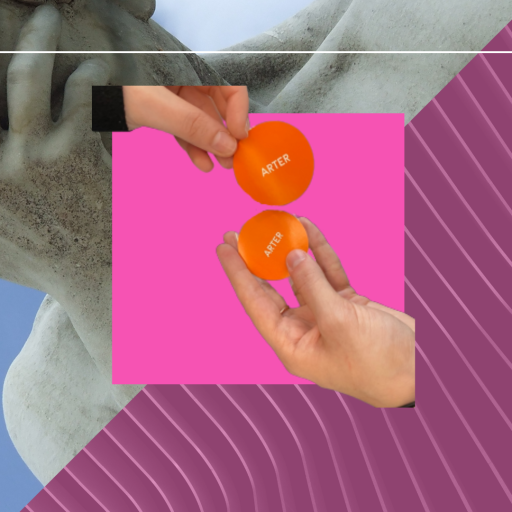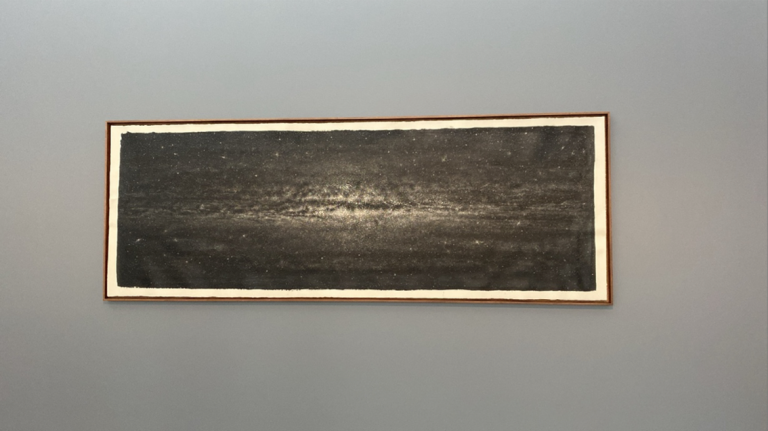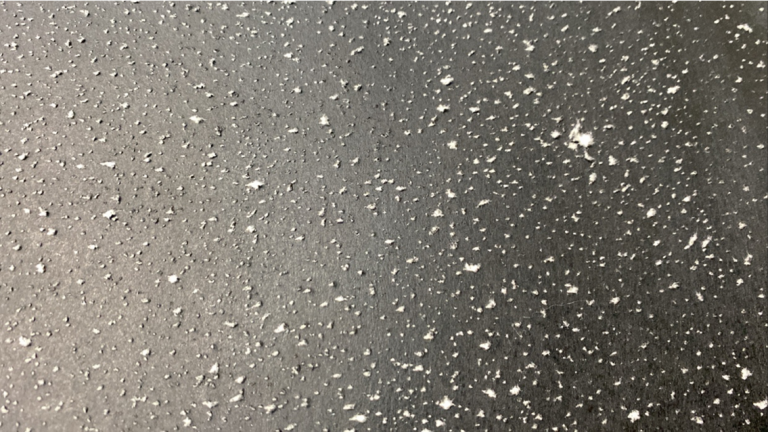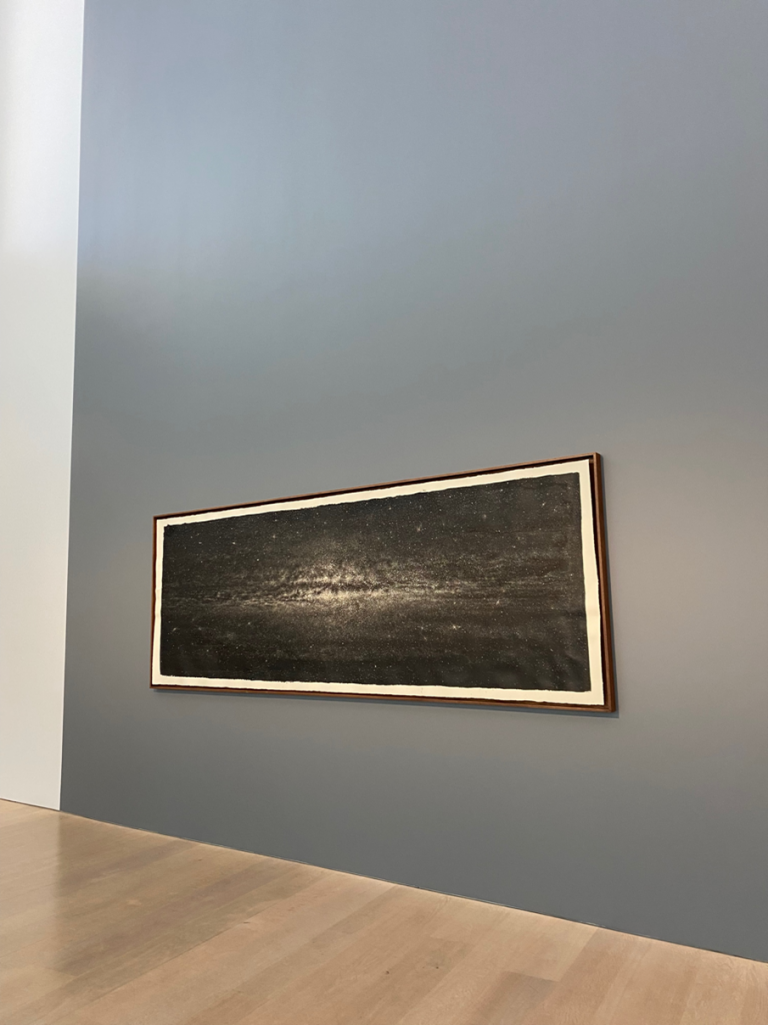Exhibition Reflections
12 Eylül 2022Ayşe Mina İşeri
For our exhibition assignment, I chose to visit the Locus Solus exhibition at Arter, curated by Selen Ansen. This exhibition is in the category of contemporary art, which is exactly why I chose it, namely because of my interest in contemporary art. Some of the artists exhibiting their works in the exhibition are Ahmet Doğu İpek, Murat Akgündüz, Yehudit Sasportas, Ella Littwitz, and Cengiz Tekin. It is possible to see the exhibition at Arter until 31 December 2022.
Locus Solus means “lonely place” in Latin and takes its name from Raymond Roussel’s novel, in which Roussel takes his readers for a stroll in a mansion garden. Just like in the book, the exhibition takes you to a different land. In some parts, you find yourself in an interpretation of the city, and some other places, in a depiction of nature. The feeling that captures you most powerfully in the exhibition is the feeling of being right in the middle of everything. You are neither in nature nor in an artificial, man-made environment. You are neither there nor here, but you are also in both. This in-betweenness creates a gorgeous and balanced combination of the two. I felt that this is precisely the purpose of the exhibition.
What the exhibition seems to state on its own is about how the natural and what does not belong to nature come together, or even beyond, coming together but intertwining. This is exactly what I observed in the works throughout the exhibition. There were various works, such as a work with the theme of city life and the full moon, and the human in some other lands elsewhere. The exhibition was so successful in describing what it wanted to convey that when you looked at the works, you could clearly observe that state of intertwining. It can be said to be an excellent interpretation of integrating nature into human life, in a way. Another work that impressed me very much was Bülent Şangar’s work called “Eid al-Adha.” In the work, we see people performing their religious rituals in urban life. We see buildings in the background, and in the front, the people are sacrificing animals in the viaduct. The traffic flowing on the side road and the combination of all these images are quite striking. It got me thinking about how much we are shaped by where we live. In fact, due to human nature, it feels even if we are in the city, what belongs to the ancient and ahistorical still intertwines in our existence and finds a way to exist no matter where we live. Maybe we need a third eye just to see it.
Another work that I really like on this subject is Yaşam Şaşmazer’s “Sojourn.” When you look at her works in general, you can see how they are also intertwined with the exhibition theme. The works of the artist mainly deal with human nature and the relationship between humans and nature. She usually uses natural materials and makes use of raw materials. Etymologically, Sojourn comes from English and is used to mean to reside in a place for a short time. We see only raw materials picked from nature in the work. Mosses, mud, human bodies, stones, and tree branches are the essential elements that make up the work. This creates an “island,” which represents a unique habitat. In this work, we see a dilemma which is a segment of nature in the middle of an exhibition area. In other words, the dilemma is created by the contrast between the work and its context. This is one of the issues that the artist wants to convey. It can be a description of heaven and hell, nature or culture, existence, and extinction. As in one interpretation I’ve read, this can be “a threshold between the physical and symbolic worlds.”

The work that impressed me most in the exhibition was Ahmet Doğu İpek’s “Stars.” The technique we generally see in the works of the artist is watercolor. Watercolor works are often supplemented with graffiti and pencil drawings. At the same time, we often see sculptures and installations. The work called “Stars” is a watercolor work made with Indian ink. The artist paints his work with black Indian ink on large-scale cotton paper and nicks the painting with a sack to create a star. Thanks to the notches it makes, the cotton inside the paper come out, and these details form the work. This work really impressed me because when you look at the work, it can easily tell you what it means. The artist’s process of creating the work is as follows. The artist, who has gone through dark periods in his life, creates little black squares on a cotton canvas every day during these days. He does this by acting only on his instincts, without acting on any other purpose or following a preliminary sketch. After a while, he takes a sack in his hand and starts to make small nicks, and then his work begins to emerge. He sees this work as an agenda because the whole work is on a certain event cycle. The artist describes this period as follows; “One day, wittingly or unwittingly, I spilled paint on paper and then dabbed it around the paper to form a square, just to Potter about. The next day I did the same thing. And the next day as well […] After a while I began thinking about it; these were records of that day.” What the artist wants to tell in this work is to pierce the darkness, to find the light, and to reveal the light if there is one behind it.
References
- Akbank Sanat. (2020). Akbank sanat konuşmaları – Ahmet Doğu İpek [Video]. YouTube. https://www.youtube.com/watch?v=C_VuPYSleO0
- Tekin, C. (2010). Burada su yok, yalnızca taş var. Arter https://www.arter.org.tr/sergiler/locussolus
